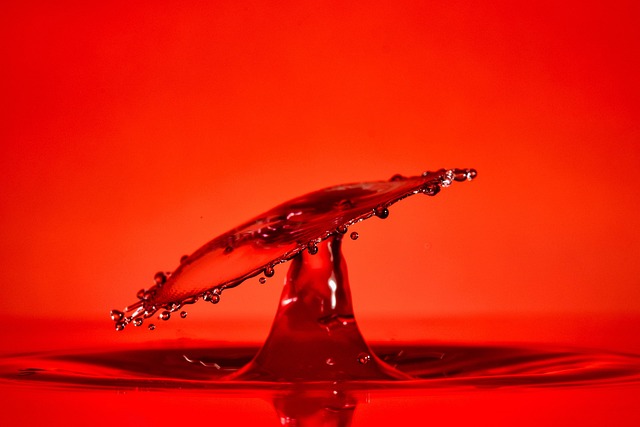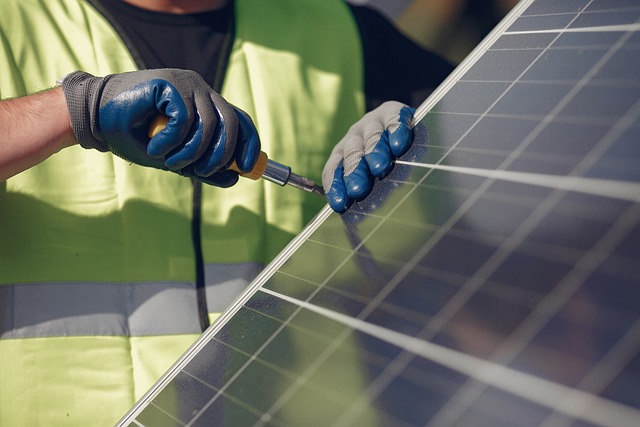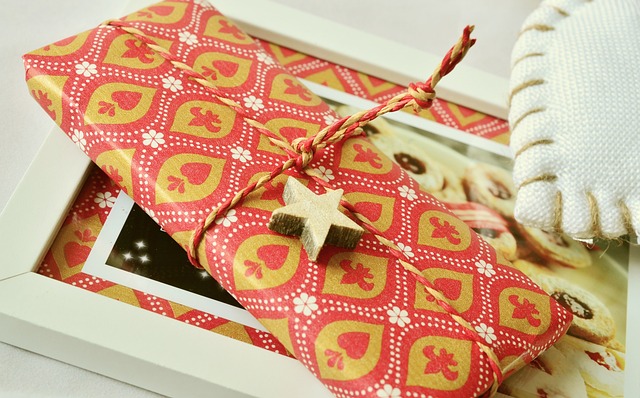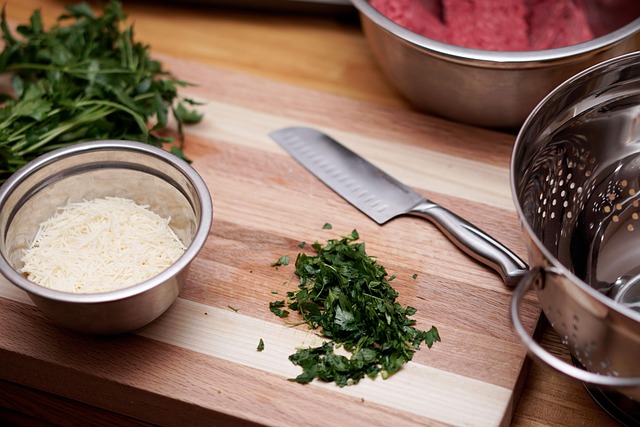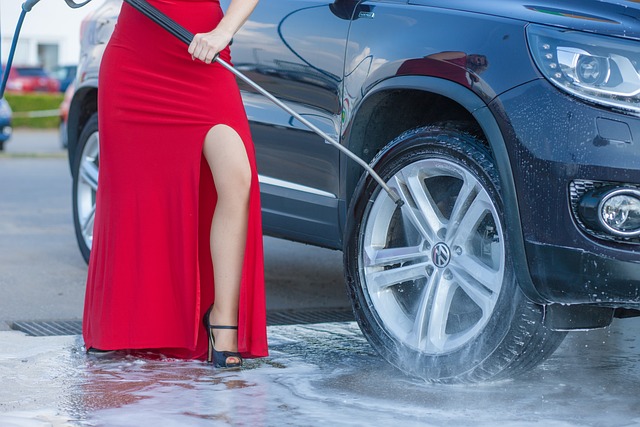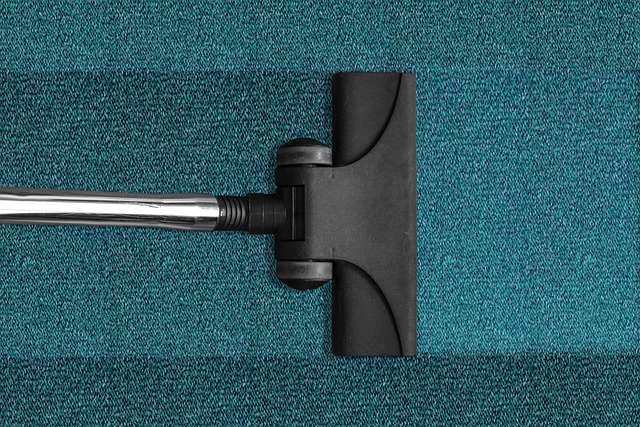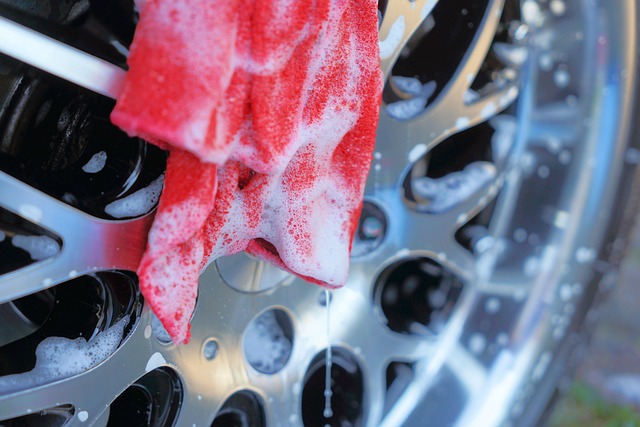Mastering Surface Prep: The Key to Flawless Vehicle Wraps
When it comes to vehicle wraps, the secret to achieving a stunning and durable finish lies in the surface prep for wrapping. Proper preparation of your vehicle’s surface not only ensures a smooth application but also enhances the longevity of the wrap. In this guide, we’ll explore essential tips and techniques that will help you master surface prep, ensuring your vehicle wrap stands out on the road.
Why Surface Prep Matters
Surface prep is a crucial step in the wrapping process because it directly affects the adhesion of the vinyl material to the vehicle. Any dirt, grease, or imperfections on the surface can lead to bubbles, peeling, or premature wear of the wrap. A well-prepared surface creates a stable foundation for the vinyl, ensuring that the wrap adheres properly and lasts longer.
Essential Steps for Effective Surface Prep
-
Wash the Vehicle:
Start with a thorough wash using a pH-balanced automotive soap. This removes dirt, grime, and contaminants that could interfere with adhesion. Be sure to rinse the vehicle well to eliminate any soap residue.
-
Dry the Surface:
After washing, dry the vehicle completely using a microfiber towel. Water spots can impede the adhesion of the wrap, so ensure the surface is perfectly dry.
-
Inspect for Damage:
Check the vehicle for any imperfections such as scratches, dents, or rust. These issues should be addressed before applying the wrap, as they can affect both the appearance and adhesion of the vinyl.
-
Use Isopropyl Alcohol:
Wipe down the entire surface with isopropyl alcohol (at least 70% concentration) using a clean microfiber cloth. This step removes any remaining oils and residues, creating an optimal surface for the wrap.
-
Mask Off Areas:
Mask off any areas that will not be wrapped, such as windows, lights, and trim. This helps to keep the focus on the areas being wrapped and prevents the wrap from accidentally adhering to unwanted surfaces.
-
Pre-heat the Surface:
If you’re working in a cold environment, consider using a heat gun or heat lamp to warm the vehicle’s surface slightly. Warm surfaces allow the vinyl to adhere better and conform to curves more easily.
Additional Tips for Surface Prep
- Choose the Right Environment: Ideally, perform surface prep in a clean, dust-free environment. Avoid windy or humid conditions.
- Work in Sections: If the vehicle has complex curves or numerous panels, consider prepping and wrapping one section at a time to maintain focus and detail.
- Use Quality Tools: Invest in high-quality tools, such as squeegees, blade knives, and heat guns, to ensure a professional finish.
Common Mistakes to Avoid
- Skipping the Cleaning Process: Never underestimate the importance of a clean surface. Skipping this step can lead to significant issues later.
- Ignoring Minor Imperfections: Small scratches or chips can result in noticeable flaws in the finished wrap. Make sure to fix these before proceeding.
- Applying Vinyl on a Wet Surface: Ensure that the surface is completely dry before applying vinyl, as moisture can lead to adhesion problems.
Conclusion
Mastering surface prep for wrapping is essential for achieving a flawless vehicle wrap that not only looks great but also lasts. By following these tips and techniques, you can ensure that your wrap adheres properly and stands the test of time. Remember, a little extra effort in the prep stage can make a significant difference in the final result, giving your vehicle a professional and polished appearance on the road.

